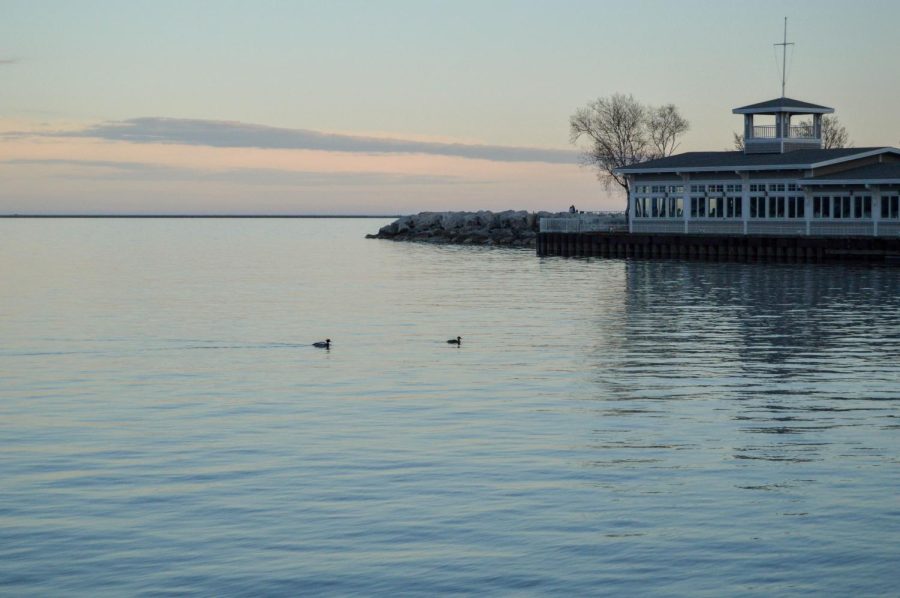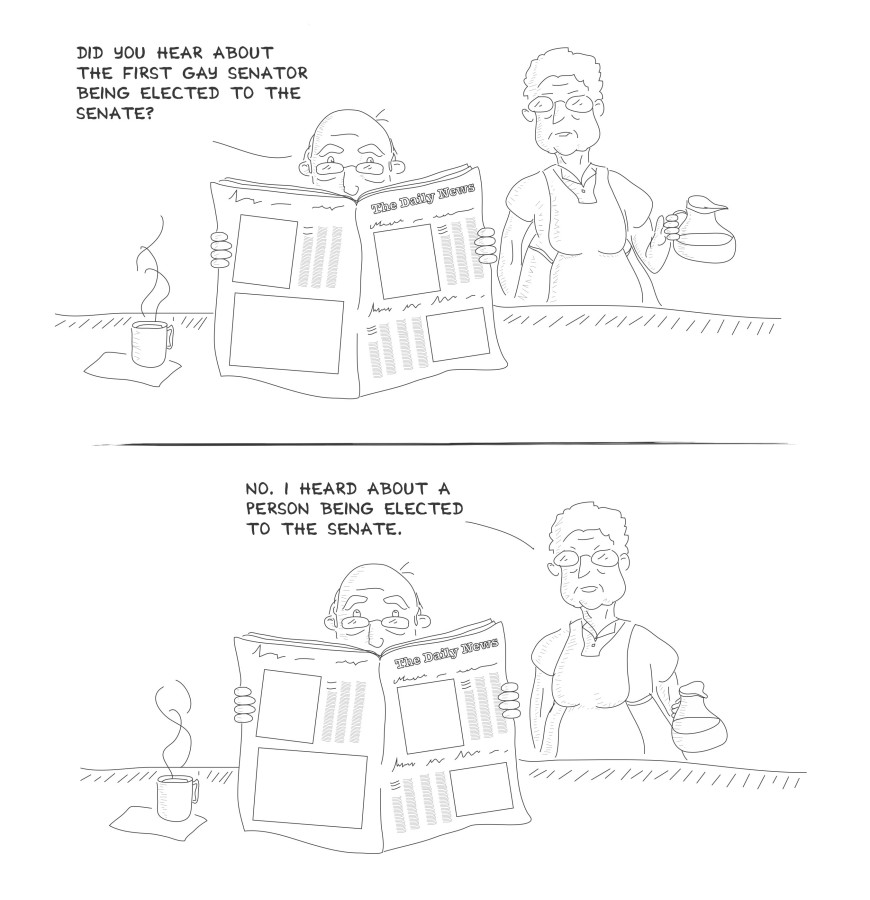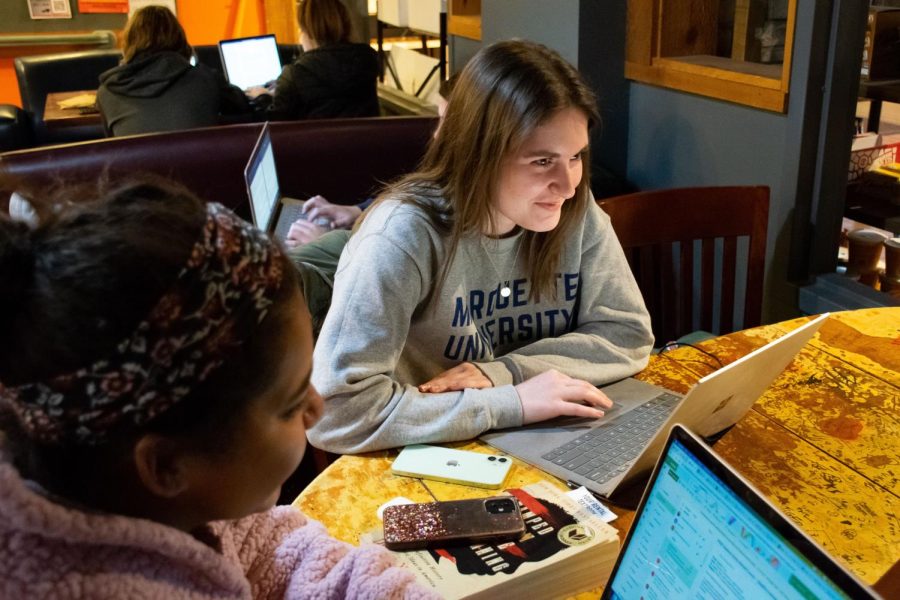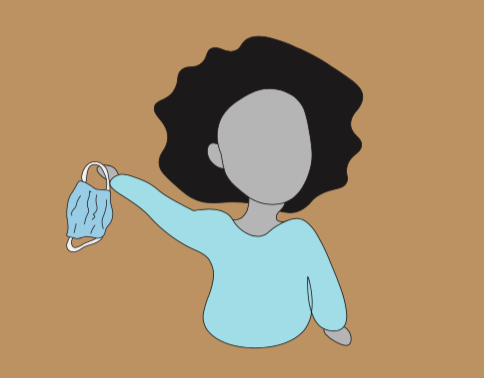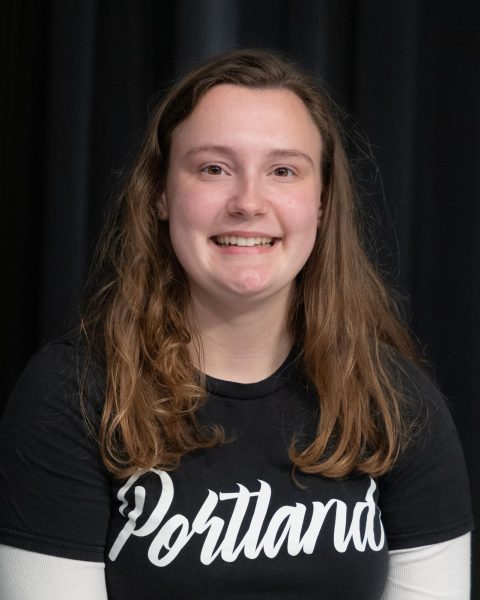“In 2021 there were overwhelmingly more hate crimes directed against Asians or Asian-American people than 2020 and yet this conversation isn’t on the forefront of our minds and in our discussions as it was. I think it’s a little bit concerning that these trends continue dramatically to increase but yet we’re not necessarily talking about them,” Erin Hoekstra, assistant professor of social and cultural sciences, said.
2020 was a record year in terms of hate crimes against the Asian American community. However, data in a study compiled by the Center for Hate and Extremism showed that the totals were even greater in 2021.
In March of 2021 there was national attention surrounding the increase in hate crimes against Asian Americans and Pacific Islanders. Though some feel that this issue isn’t getting the enough media attention that it did, even though the issue is still prevalent.
“As someone from the West Coast it’s something that makes me angry because it was news one day and now it’s not news anymore and it doesn’t feel as focused upon and that’s an issue that we can continue to be invisibilized because depending on where you are it might not make major news headlines,” Clara Dwyer, assistant director for the center of engagement and inclusion, said.
While publicity surrounding these attacks are more prevalent on the coasts of the United States, the Asian population tends to be higher in such as New York City or Los Angeles. In Milwaukee, the Asian community makes up less than 10 percent of the city’s total population.
“Certainly that has to do with populations that live in a location and just rates will be different where populations are higher, but that’s not isolated to those areas. Across the board we’re seeing examples and experiences of hate crimes. It’s not isolated to certain geographic locations,” Hoekstra said.
Hate crimes in Wisconsin are on the rise, with more than 70 being reported this year so far, and it isn’t isolated within Milwaukee or other larger Wisconsin cities. In 2020, racial or ethnic identities was the largest bias motivation of hate crimes committed in Wisconsin. Sexual orientation and religion were the closest but were still over 50% behind.
“If we talk specifically about Marquette, we might not hear as much about it in Milwaukee as we do in the media on the coasts because the concentration of particular groups is on the coasts. But, it’s happening in Milwaukee too. There are hate crimes happening against Asian people in Milwaukee,” Dwyer said.
Yet, even with the reported increases Hoekstra said it could be hard to get an accurate representation of how many of these types of instances happen. To be considered a hate crime it must have a clear motivation bias as well as the presence of a crime.
“The official status of hate crimes has a legal threshold which it has to meet to be labeled a hate crime so certainly it airs towards underreporting rather than over reporting. There’s a larger legal burden to get something defined as a hate crime. People could experience or be targeted for crimes because of their identity and who they are but it’s not necessarily getting reported that way always,” Hoekstra said.
Back in January, Michelle Go, a 41-year-old Korean American and college instructor, was pushed in front of a New York subway train. Go was a UCLA graduate and loved to travel. Her death was not investigated as a hate crime as police said there was no reason to believe she was targeted for her ethnicity.
“In terms of Michelle Go’s death in NYC, and every time I hear about violence against Asians in general, it certainly impacts my psyche as an Asian American woman. I think about how all of the violence we see in the media impacts our psyche as a society and how it informs how we interact interpersonally. It’s something that I know I personally need to reckon with on a regular basis,” Dwyer said.
Dwyer said that her perspective is her own as an individual and can not and should not be applied to the experience of all Asian Americans.
“The other piece of that to remember is that it is a diaspora. When we here about a hate crime against a Korean person or a Chinese person we tend to forget that this is a very large group that spans the continent and there are certain groups that don’t get that representation … Secondly, in terms of how the media is portraying violence against Asian communities, it is imperative we examine the systems and institutional racism that could potentially do more harm for communities of color,” Dwyer said.
While many have pointed to some of the social and political conversations surrounding the origins of COVID-19 as a reason for the increase in hate crimes. As a result of this, President Joe Biden signed the COVID-19 hate crimes act which aims to make hate crime reporting resources more accessible at the state and local level.
However, Hoekstra said these racist actions aren’t new to the United States.
“Anti-Asian sentiments have been around before. It’s not like all of a sudden hate crimes are happening and they weren’t happening before. It’s just that we have this new provocation or justification for it that is elevating or exacerbating what was already there,” Hoekstra said.
There have been instances of anti-Asian legislation, such as the Chinese Exclusion Act or Japanese internment during Word War II and Hoekstra said that’s just “scratching the surface” of Asian discrimination in history.
“I’m glad that more of this is being brought to light but we need to use it to fuel more accurate information and positive action towards change for everybody, not just Asians but all minoritized or underrepresented groups,” Dwyer said.
John Su, vice provost for academic affairs, said that he hopes the university can find a way to create a “more welcoming and inclusive environment” on campus in the midst of the rise of such crimes throughout the nation.
“We have so many amazing faculty, staff, and students who identify as Asian, Pacific Islander, and Indian/Indian subcontinent – it’s such a heterogeneous group that it’s hard to make generalizations … I think it’s important for us as a Catholic, Jesuit institution to continue deep civic dialogues across our campus and across the city to address systemic racism and inequality,” Su said in an email.
This story was written by Megan Woolard. She can be reach at megan.woolard@marquette.edu and Twitter @MeganWoolard4


